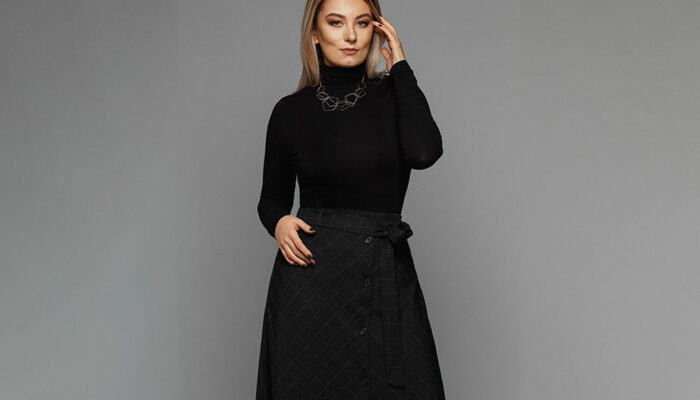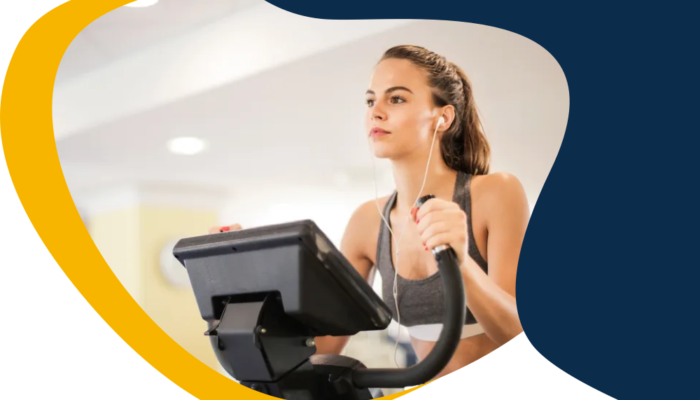
Lifestyle Tips to Avoid Osteoporosis
Osteoporosis is a medical condition in which bones become weak and fragile. Therefore, a mild cough, sneeze or fall can easily cause a fracture. Symptoms include bones easily breaking after a fall or trauma, severe neck or back pain, fractures in the spine, wrist or hip, stooped posture and loss of height over time. Its risk factors include use of steroids, physical inactivity, hormonal imbalances, age, sex, ethnicity, smoking, drinking, family history and certain medical conditions.
Osteoporosis does not have a direct cause or guarantee of prevention. Still, there are factors that predispose one to the disease. To reduce the risk of developing osteoporosis, it is important that some of these factors that can be managed are addressed through the following prevention strategies:
1. Regular bone density screenings
Bone Mineral Density (BDM) screening targets those with a higher risk of sustaining a low-trauma fracture. The non-invasive and painless procedure is conducted using ultrasound. It aims to detect osteoporosis in those highly at risk before the onset of fracturing. The test is highly recommended for post-menopausal women and people above 40 years with previous medical conditions. Detected cases can be put on medication like Evenity Romosozumab to prevent fracturing.
2. Yoga
Yoga helps in improving body balance, posture and coordination while still increasing muscle strength. This is important in preventing slips and falls due to weakness or imbalance, that could lead to fractures.
3. Consume a diet rich in vitamins and minerals
Calcium is vital to sustaining and increasing the strength of bones. An average adult needs about 1,000 milligrams (mg) of calcium daily until they are 65 years old. After 65, intake should be increased to 1,200 and 1,500 mg. Calcium rich foods include kales, collard greens, broccoli, beans, low-fat dairy products and foods fortified with Vitamin C. Vitamin D is equally important because it accelerates the absorption rate of calcium in the body. On average, you need 600 international units (IU) of Vitamin D daily. It can be acquired through direct exposure to sunlight for at least 15 minutes daily. In cases of limited sunshine like winter, eating foods rich in Vitamin D like egg yolks, salmon and fortified milk also help.
4. Quit smoking
Smoking has been known to contribute to 5% to 10% loss in bone mass. Particularly for women, it decreases estrogen levels and can also lead to early menopause. Both factors influence hormonal imbalance that highly increase the risk of getting osteoporosis. It is hence recommended to quit smoking entirely.
5. Curb high alcohol and caffeine intake
Excessive drinking and high consumption of caffeine have also been associated with slowing down of new bone production. However, data on this is not entirely conclusive. Moderating alcohol intake to 2 units a day and caffeine intake is still recommended to reduce the risk of osteoporosis.
6. Do resistance training exercise
While general physical activity is good for your health, it does not provide adequate resistance needed to support the growth of stronger bones and muscles. Prevention of osteoporosis requires a more targeted effort. Training exercises that involve exerting weight on the body are known to increase muscle strength, build bone mass and increase growth of new bone. Equally, they minimize bone loss. Examples of exercises include jogging, weightlifting, dancing and active participation in sporting activities.



